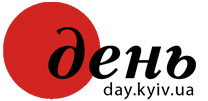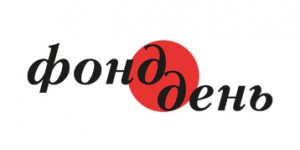Ukraine’s Ministry of Education and Science is introducing the European Credit Transfer and Accumulation System (ECTS) and the European-style diploma supplement. This will simplify the recognition of Ukrainian higher-education diplomas in Europe and is expected to promote student mobility, the ministry’s press service reports. The innovation is being introduced to meet the requirements of the ECTS Users’ Guide approved by the European Commission on February 6, 2009. ECTS and the European-style diploma supplement are instruments to evaluate student’s academic achievements. They are of common use in all the European higher education space countries (Bologna Process countries) and make it possible to adequately recognize periods of study and higher education diplomas both inside and outside the country. The European-style diploma supplement is a document to be issued together with the higher education diploma, which describes the acquired higher education qualification according to the all-European standard and comprises information on the diploma bearer, the acquired qualification, a list of the disciplines studied, academic progress, the system of evaluation, academic and professional rights, and information on the country’s system of higher education. The European Credit Transfer and Accumulation System (ECTS) is intended for using, transferring and accumulating credits. The number of the acquired ECTS credits, as well as other information comprised in the diploma supplement or the academic certificate, makes it possible to exactly display and assess the graduate’s (or student’s) achievements that he/she has made at a higher educational institution. ECTS credits reflect a student’s overall load which he/she needs to meet the curriculum goals and can only be awarded in case of a successful assessment of the achieved academic results. As a rule, a student’s load is 1,500 to 1,800 hours per academic year (60 credits). Accordingly, one credit means 25—30 hours of work, including not only classroom activities but also homework, term papers, exams, etc. Therefore, this makes curricula easier to do and compare both inside and outside the country and thus facilitates students’ mobility and recognition of their academic achievements.
Thursday, 19 June
- Українська
- Русский
- English
Where there is no law, but every man does what is right in his own eyes, there is the least of real liberty






